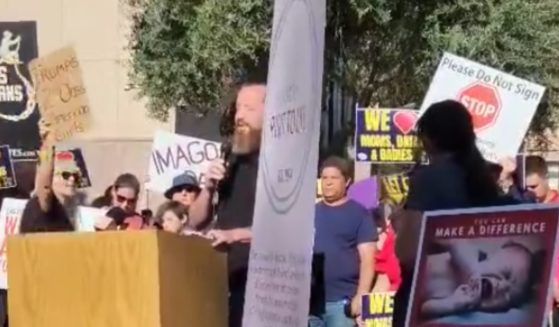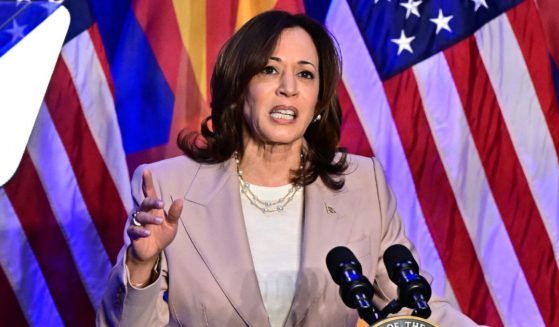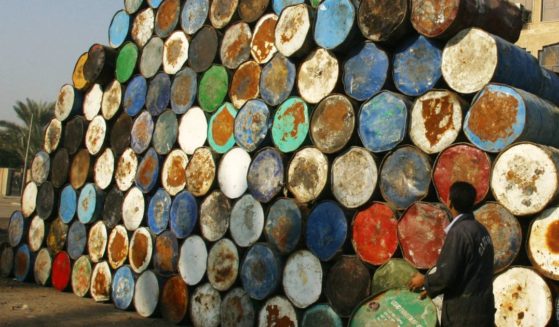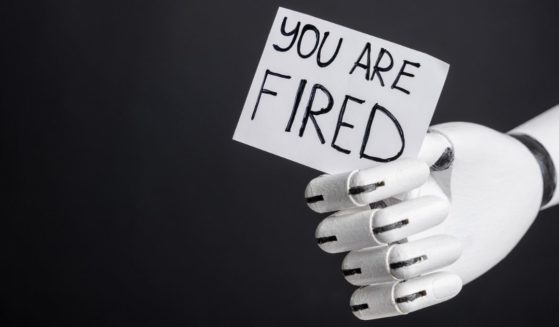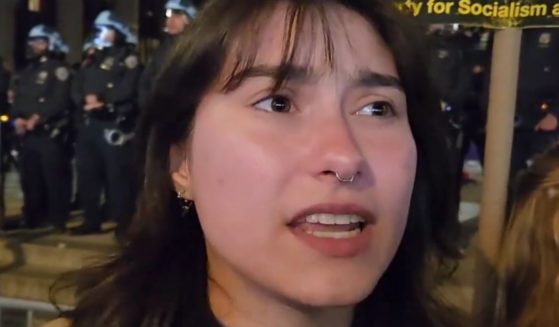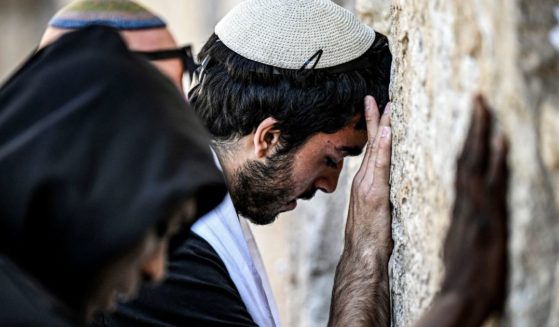'You Can't Keep Us Down': NYC Joins Nation's Reopening Effort
After the deadliest coronavirus outbreak in the nation, New York City began reopening Monday in a turning point in the three-month-long crisis.
With the virus in check, stores previously deemed nonessential were cleared to reopen for delivery and curbside pickup, though customers cannot yet browse inside. Construction, manufacturing and wholesalers also received the go-ahead to resume work.
“This is the place where it was going to be the hardest to make a comeback, and yet New York City is so strong and resilient, we are making that comeback,” Mayor Bill de Blasio said.
Unrest could compound the challenges facing the nation’s biggest city as it tries to move past three bleak months. Officials who had focused for months on public health and economic woes are now also facing protests and calls for an overhaul of the police department.
New York became the epicenter of the U.S. coronavirus outbreak, with more than 21,000 people dying citywide of confirmed or probable COVID-19.
That is roughly 1 in 5 of the 110,000 coronavirus deaths across the U.S.
At its peak, the virus killed more than 500 people a day in New York City in early to mid-April. At the end of last week, the number of deaths per day had dropped into the single digits.
The number of people testing positive for the virus was down to 200 to 300 per day at the start of last week, compared to more than 6,000 a day in early April.
“All eyes will be on New York this next couple of months,” according to urban policy expert Jonathan Bowles, executive director of the Center for an Urban Future.
“The city now has to prove that it really knows what it’s doing, that it can still be a dense city like New York and yet figure this out.”
Edwin Arce thinks the city can regroup. A chef at a Manhattan restaurant, he was heartened to see more customers than expected when it reopened for takeout and delivery.
“As a city, we are ready to be back, start going out, living life — with the new reality, though,” of masks and 6-foot separation, said Arce, 31.
New York City has already reawakened somewhat as warm weather drew people outdoors, more restaurants offered carryout service, and thousands of people protested the death of George Floyd.
Subway ridership is ticking back up after plunging from 5.4 million rides per weekday in February to under 450,000 in April, the city’s transit agency says.
Subway schedules are returning to normal, though there are signs showing riders how far apart to stand on platforms, and the 1 a.m.-to-5 a.m. shutdowns that began in May will continue so trains can be cleaned.
But as the city tries to recover economically, will the virus strike back?
Dr. Ian Lipkin, a Columbia University epidemiologist who had COVID-19 himself in March, is concerned the virus might spread due to the protests following Floyd’s May 25 death.
Last week, demonstrations over Floyd’s death were marred by a few nights of smash-and-grab thefts in the city.
But the 8 p.m. curfew was lifted Sunday, a day earlier than planned.
“You can’t keep us down,” said Carlo Scissura, president of the New York Building Congress, a construction industry group. “We may go down a little bit, but we go right back up.”
The Western Journal has reviewed this Associated Press story and may have altered it prior to publication to ensure that it meets our editorial standards.
Truth and Accuracy
We are committed to truth and accuracy in all of our journalism. Read our editorial standards.



